
views
Finding a Planting Spot
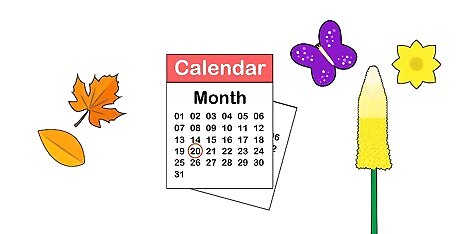
Wait for the early spring or fall. Eremurus bulbs are usually available for purchase in spring and summer. Wait until the beginning of spring and fall to buy them. Spring is the plant’s above-ground growing season, but in fall, the bulb will settle in and expand underground.

Pick an area that receives full sunlight. Eremurus will survive in partial shade but does best in a full day of sun. Look around your planting area for spots out in the open. Keep the bulb away from structures and tall plants that provide competition for sunlight exposure.

Choose an area with well-drained soil. Eremurus plants also benefit from minimal water. One way to check your planting area is to look at it after a hard rain. Avoid any spots where puddles remain after six hours. Find a spot without standing water and make sure the soil doesn’t stay soggy. You can amend soil by mixing in an organic mulch such as bark or compost. Adding the mulch will raise the area a little, leading to better drainage.
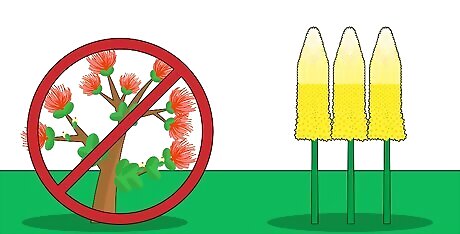
Avoid nearby plants. Eremurus prospers when it doesn’t have much competition. Other plants, besides providing resource competition, disturb its brittle roots. Select a clear area to maximize the plant’s chances of success.
Planting the Bulb

Dig out a shallow hole. Once you’ve selected a location for the eremurus bulb, get your spade. Because eremurus grows along the surface, the hole should only be six inches (15 cm) deep. Continue digging to make the hole 15 inches (38 cm) wide.

Form a dirt mound in the center of the hole. In the center of the hole, pile up loose dirt. Make the mound high enough so that the crown of the bulb will be right below the surface of the soil. You may also use coarse sand for your mound, which will improve water drainage. Find sand at home improvement stores and garden centers.

Fan out the roots and angle them downwards. If your eremurus bulb has tangled roots, separate them. The roots are very brittle, so pry them apart carefully. Point the ends slightly downward towards the dirt.
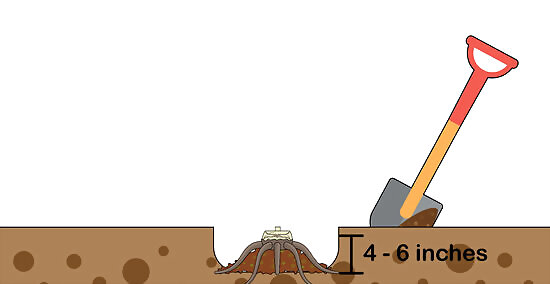
Bury the bulb. Lay the eremurus in the hole on top of the mound of soil. Fill in the hole with about four to six inches (10-15 cm) of soil. The plant’s crown should be the closest point to the surface and will rest right underneath it.
Plant extra bulbs about three feet (91 cm) apart. Eremurus plants grow best when undisturbed by other plants. At the very minimum, make sure they are at least a foot (30 cm) apart. More space will ensure the plants don’t damage one another.
Growing Eremurus

Fertilize a growing plant. Once you notice the plant beginning to sprout, add fertilizer to help it grow. Use a high potassium fertilizer such as potassium sulfate or sulphate of potash. General fertilizers can also be used to help reinvigorate plants after a frost early in the spring. Spread the fertilizer around the plant’s crown once a month.
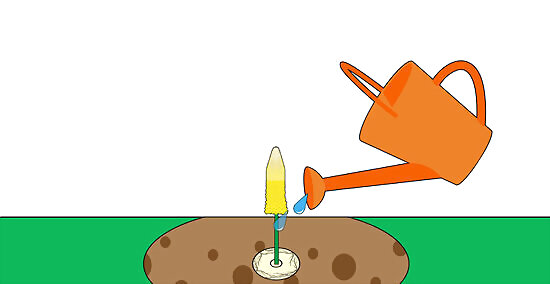
Water the plant sparingly. Because eremurus thrives in environments with minimal water, you probably won’t have to water it at all. The only time would be when the plant starts growing leaves in the spring. If the plant looks like it is drying out, you can try giving it a light sprinkle of water. After the plant flowers, the leaves will die and the plant will go dormant in summer. You can remove the dead leaves and flower spike in the fall.
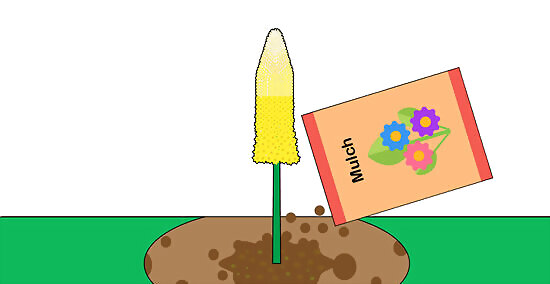
Add dry mulch in autumn. Before winter, spread mulch around the crown of the plant. Choose a dried mulch like bark or straw. You can place down nutrient-rich compost first and layer the mulch over it. Don’t cover the plant’s crown. The mulch will help resist the winter cold without causing the eremurus to absorb moisture.
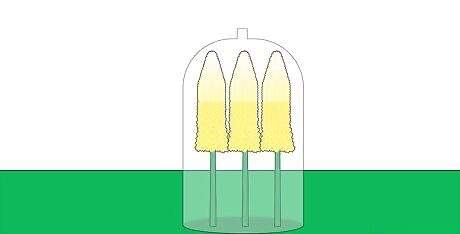
Cover the plant with fleece or cloches before spring. Because eremurus sprouts in the beginning of spring, it can be damaged by lingering frost. Right before spring begins, roll out garden fleece over the eremurus or cover the bulb’s crown with a cloth. Either of these products from a gardening center will provide the plant with sunlight while resisting the cold weather. Cloches are clear, bell-shaped jars and function like small greenhouses, creating a warm environment for the eremurus growth.




















Comments
0 comment